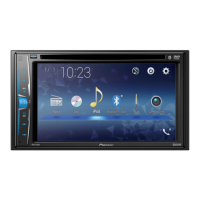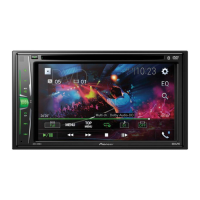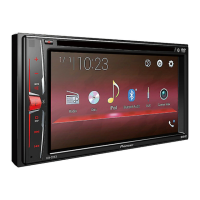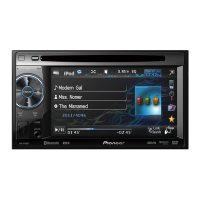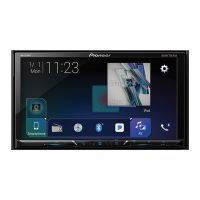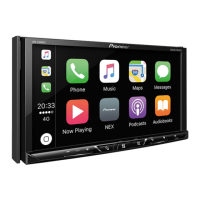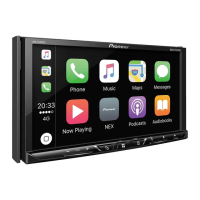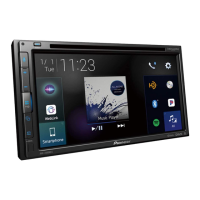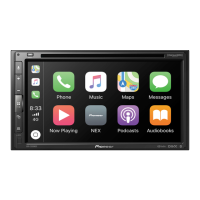Do you have a question about the Pioneer AVH-295BT and is the answer not in the manual?
Provides crucial safety advice, including warnings about battery ingestion and product care.
Details safety guidelines for operating the vehicle and using the device while driving.
Step-by-step guide for pairing mobile devices with the unit via Bluetooth.
Outlines various methods for initiating phone calls using the hands-free system.
Explains how to answer, reject, or manage incoming calls.
Lists compatible iPod and iPhone models and software versions for optimal performance.
Guide on how to connect and begin using an iPod or iPhone.
Detailed instructions for connecting iPod/iPhone devices via USB or AUX.
Customizing steering wheel button functions for device operation.
Configuration options for the rear view camera input and display.
Fine-tuning display settings like brightness, contrast, color, and hue.
Adjusting the balance of sound between front/rear and left/right speakers.
Enables setting content restrictions based on age or rating.
Procedures for resetting various settings or restoring the device to factory defaults.
Essential warnings and safety measures to follow before wiring the system.
Overview and important warnings regarding the use of a rear view camera.
Crucial safety advice and warnings to consider before installing the product.
A comprehensive guide to diagnose and resolve common operational problems.
| Display Size | 6.2 inches |
|---|---|
| Bluetooth | Yes |
| Built-in Amplifier | Yes |
| USB Input | Yes |
| Auxiliary Input | Yes |
| Touchscreen | Yes |
| DIN Size | Double DIN |
| Subwoofer Control | Yes |
| Rear View Camera Input | Yes |
| AM/FM Tuner | Yes |
| Apple CarPlay | No |
| Android Auto | No |
| Peak Power Output | 50 Watts |
| Preamp Outputs | 3 (Front, Rear, Subwoofer) |
| Equalizer | 5-Band Graphic Equalizer |
| Steering Wheel Control Compatible | Yes |
| Media Playback | CD/DVD/USB |
| File Playback | MP3, WMA, AAC |
| Compatible Audio Formats | MP3, WMA, AAC |
| Compatible Video Formats | DivX, MPEG-1, MPEG-2, MPEG-4 |
| RMS Power Output | 14 watts x 4 channels |
